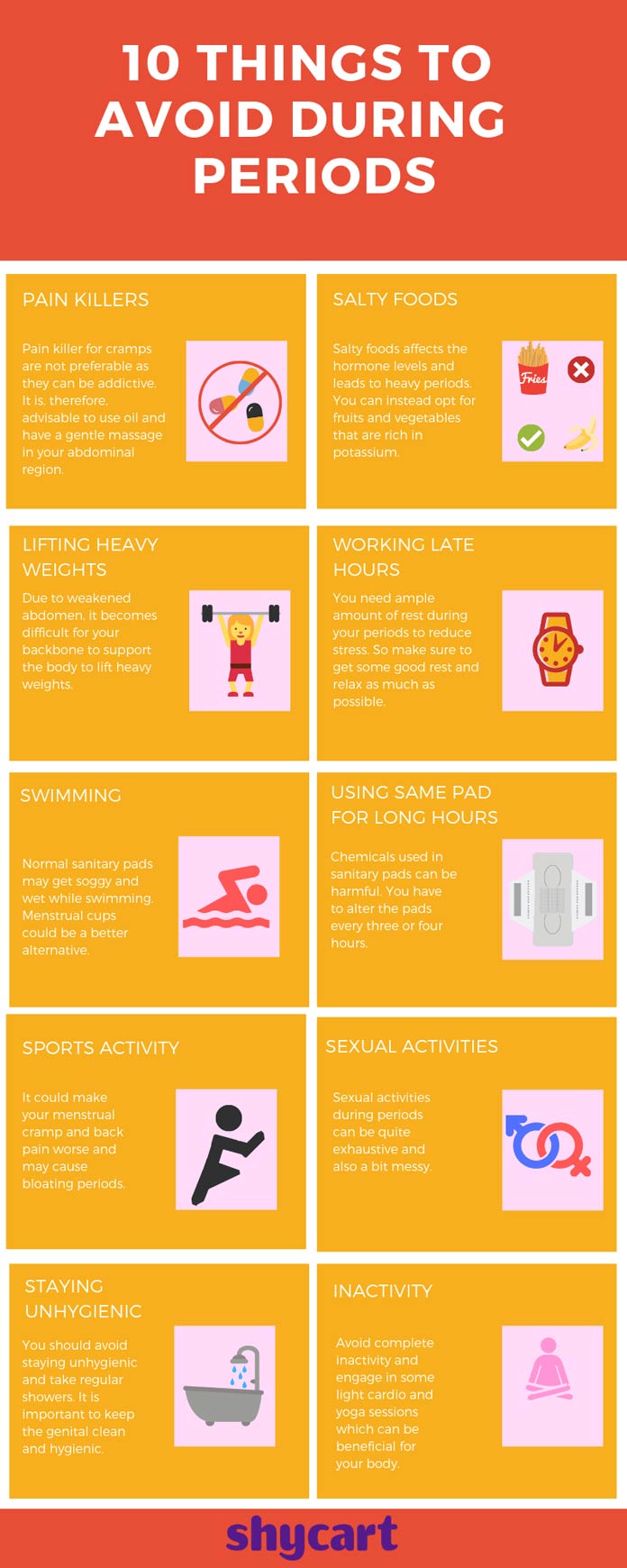Do you know when your last menstrual period began or for how long it lasted? If not, it is high time that you start paying attention.
Tracking your menstrual cycles helps you understand what’s normal for you, time ovulation and identify important changes — such as a missed period or unpredictable menstrual bleeding. While menstrual cycle irregularities generally aren’t serious, sometimes they can signal health problems.
What is the menstrual cycle?
The menstrual cycle is the monthly series of changes a woman’s body undergoes. Each month, one of the ovaries releases the egg — a process usually called ovulation. At the same time, hormonal changes begin to prepare the uterus for pregnancy. When ovulation takes place and the egg has not fertilized, the lining of the uterus sheds through the vagina and this is a menstrual period.
What is normal?
The menstrual cycle, which is usually from the first day of one period to the first day of the next, isn’t the same for every individual. Menstrual flow occurs every 21 to 35 days and last two to seven days. For the first few years when menstruation begins, long cycles are observed. However, menstrual cycles tend to shorten and become more regular with age.
Your menstrual cycle tends to be regular — about the same duration every month — or somewhat irregular, and your period might be light or heavy, painful or pain-free, long or short, and would still be considered normal. Within a broad range, “normal” is what is generally normal for you.
Be aware that use of certain types of contraception, such as extended-cycle birth control pills and intrauterine devices (IUDs), will alter your menstrual cycle. In such situations it is best to consult your health care provider about what to expect.
When getting close to menopause, your cycle may become irregular again. However, because the risk of uterine cancer increases with age, you must discuss any irregular bleeding around menopause with your health care provider.
How can I track my menstrual cycle?
To find out what is the normal, start by keeping a record of your menstrual cycle on a calendar. At the outset you may begin by tracking your start date every month for several months in a row to identify the regularity of your periods.
If you’re much concerned then also make note of the following every month:
- End date.How long does your period generally last? Is it longer or shorter than always?
- Record the heaviness of your menstrual flow. Does it seem lighter or heavier than normal? How often do you change your sanitary protection?
- Abnormal bleeding.Are you bleeding abnormally in between periods?
- Describe any pain that is associated with your period. Does the pain feel worse than always?
- Other changes. Have you experienced any changes in your mood or behavior? Did anything new happen around the time of change during your periods?
Takeaway
Menstruation is a natural occurrence that every woman needs to go through. Since it is experienced for almost half of one’s lifetime, it is just right to be prepared and be knowledgeable about the things which concern menstruation.
As such, it is also essential to use the proper menstruation devices like menstrual cups and to know how to clean a menstrual cup to avoid any health risks that may come your way due to neglection.

